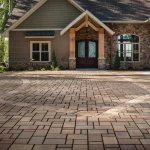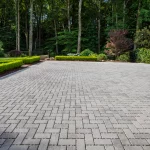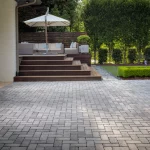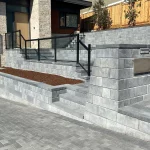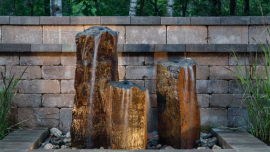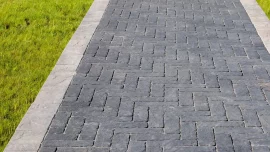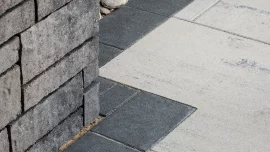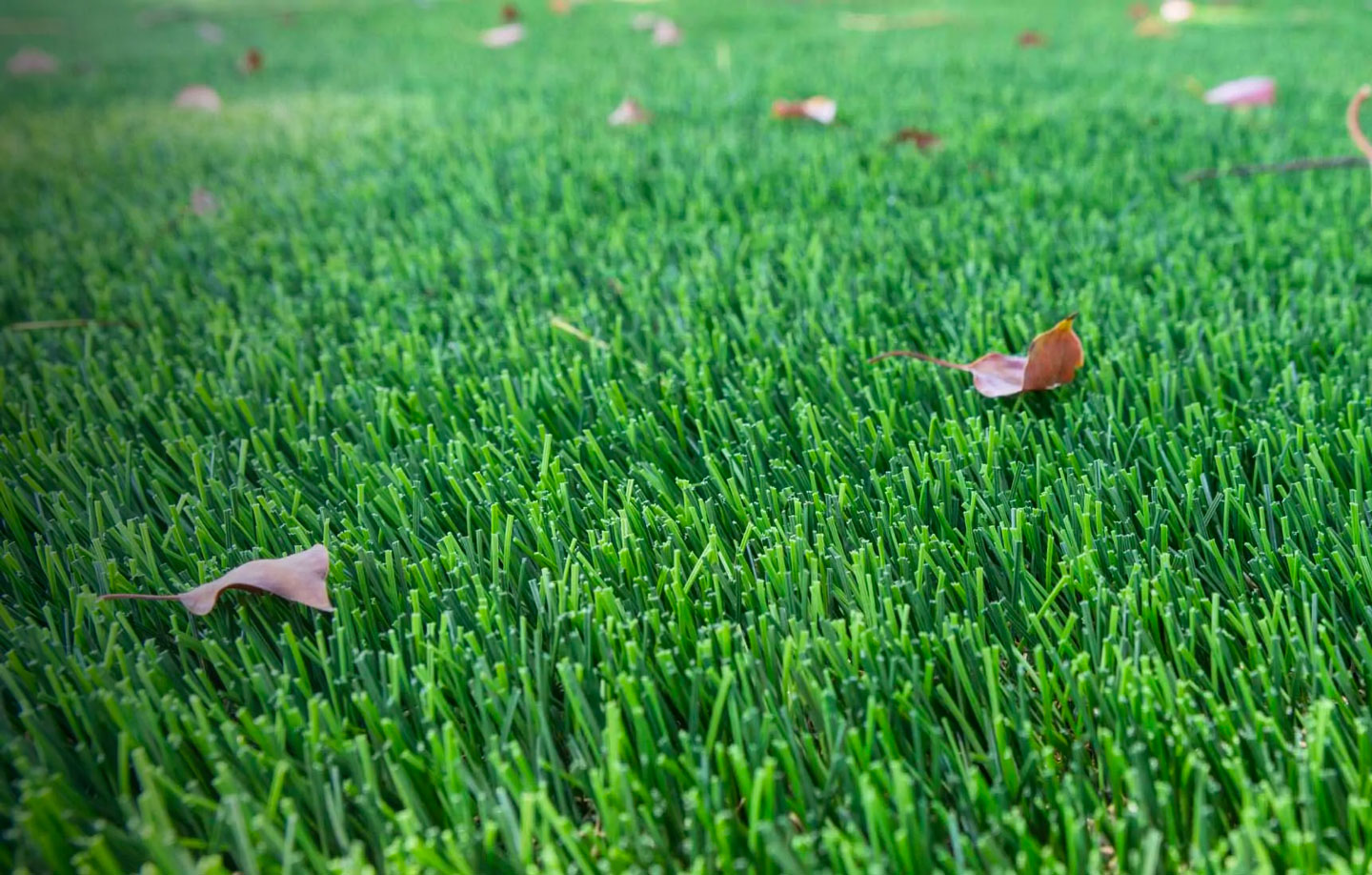
Unleashing Performance: The Advantages of Artificial Turf for Sports and Recreation
In the world of sports and recreation, the choice of playing surface can significantly impact performance, safety, and overall enjoyment. Artificial turf has revolutionized the way athletes and enthusiasts engage in outdoor activities, offering a high-performance alternative to natural grass that excels in various sports and recreational applications. Let’s explore the benefits of artificial turf for sports and recreation and why it’s the preferred choice for athletes, coaches, and facilities managers alike.
1. Consistent Playing Surface:
Artificial turf provides a uniform and consistent playing surface that remains stable and reliable regardless of weather conditions or usage intensity. Unlike natural grass, which can become uneven, muddy, or worn out over time, artificial turf offers consistent performance and playability, allowing athletes to train and compete with confidence.
2. Durability and Longevity:
Artificial turf is engineered to withstand the rigors of intense athletic activity and heavy foot traffic, making it an ideal choice for sports fields, courts, and recreational areas. With proper maintenance, artificial turf can last for many years without the need for costly repairs or replacement, providing long-term value and performance.
3. Injury Prevention and Safety:
Safety is paramount in sports and recreation, and artificial turf is designed with player safety in mind. Modern artificial turf systems feature shock-absorbing padding and infill materials that help reduce the risk of impact injuries, such as concussions and joint strain. Additionally, artificial turf provides excellent traction and stability, minimizing slips, trips, and falls during athletic activities.
4. All-Weather Playability:
Unlike natural grass, which can become waterlogged and unusable during rainy weather, artificial turf offers all-weather playability. Drainage systems built into artificial turf surfaces allow water to drain quickly, ensuring that games and practices can proceed without delay, even in inclement weather conditions.
5. Low Maintenance Requirements:
Maintaining natural grass sports fields and recreational areas can be labor-intensive and costly, requiring frequent mowing, watering, fertilizing, and pest control treatments. Artificial turf, on the other hand, requires minimal maintenance, saving time, money, and resources. Routine maintenance tasks for artificial turf typically include brushing to prevent matting and occasional cleaning to remove debris and sanitize the surface.
6. Versatility and Adaptability:
Artificial turf can be customized to meet the specific requirements of different sports and recreational activities. Whether it’s a soccer field, football field, tennis court, or golf putting green, artificial turf can be tailored to the exact dimensions, performance characteristics, and aesthetic preferences of athletes and facility managers.
7. Environmental Sustainability:
As concerns about water conservation and environmental impact continue to grow, artificial turf offers a sustainable solution for sports and recreation facilities. By eliminating the need for water, pesticides, and fertilizers, artificial turf helps conserve natural resources and reduce the carbon footprint associated with maintaining natural grass fields.
In conclusion, artificial turf has transformed the landscape of sports and recreation, offering unmatched performance, durability, and safety for athletes and enthusiasts of all ages and skill levels. With its consistent playing surface, injury prevention features, all-weather playability, and low maintenance requirements, artificial turf is the preferred choice for sports fields, courts, and recreational areas around the world. Whether you’re a professional athlete, a weekend warrior, or a facilities manager, artificial turf unleashes the full potential of sports and recreation, enabling you to perform at your best and enjoy the game to the fullest.





